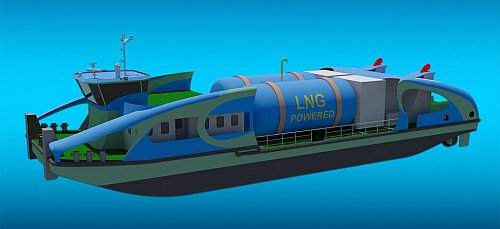INNOVATIVE DANUBE VESSEL – STUDY PUBLISHED
The results of the key flagship project of PA1a, the “Innovative Danube Vessel”, were presented during the 3rd Annual Forum in Vienna on 26th/27th of June 2014. The study delivered valuable results to improve the economic and environmental performance of the Danube fleet.
In order to reduce the environmental impact and to improve the economic performance of Danube navigation, it is necessary to stimulate the modernisation of the Danube fleet. To gather the necessary knowledge for this attempt, a specific research and development project – the “Innovative Danube Vessel” – was launched within the framework of PA1a. The study was finalised in December 2013.
For the project, “innovation” was not an end in itself, but understood to be “better than the existing fleet”, in terms of energy efficiency, cost efficiency and environmental impact. As the modernisation rate of the Danube fleet is low due to long amortisation periods of investments, the aim was to identify both designs for newly built vessels as well as solutions that can be applied to existing ships.
The “Innovative Danube Vessel” study confirmed that, under good waterway conditions, transportation carried out with Danube vessels can reach excellent cost and energy efficiency. Innovative devices and optimised ship designs would further improve this situation.
As far as new constructions are concerned, the project identified three most promising vessel design concepts leading to energy and cost savings and reduced environmental impact: two new types of Danube pushers as well as an innovative version of a self-propelled vessel. Quick wins can be realised by installing real-time voyage speed optimisation tools on existing Danube vessels. Additionally, results demonstrated that energy and cost efficiency of Danube vessels is largely dependent on waterway conditions, especially on the available water depth. Proper fairway maintenance on the Danube therefore is an important prerequisite for energy and cost-efficient inland waterway transport operations. This applies to both existing and new vessel types.
Steps towards further implementation of the results are currently being discussed with DG REGIO, DG MOVE, the European Investment Bank and PA1a.
The study is available for download here. A short summary can be found here.


